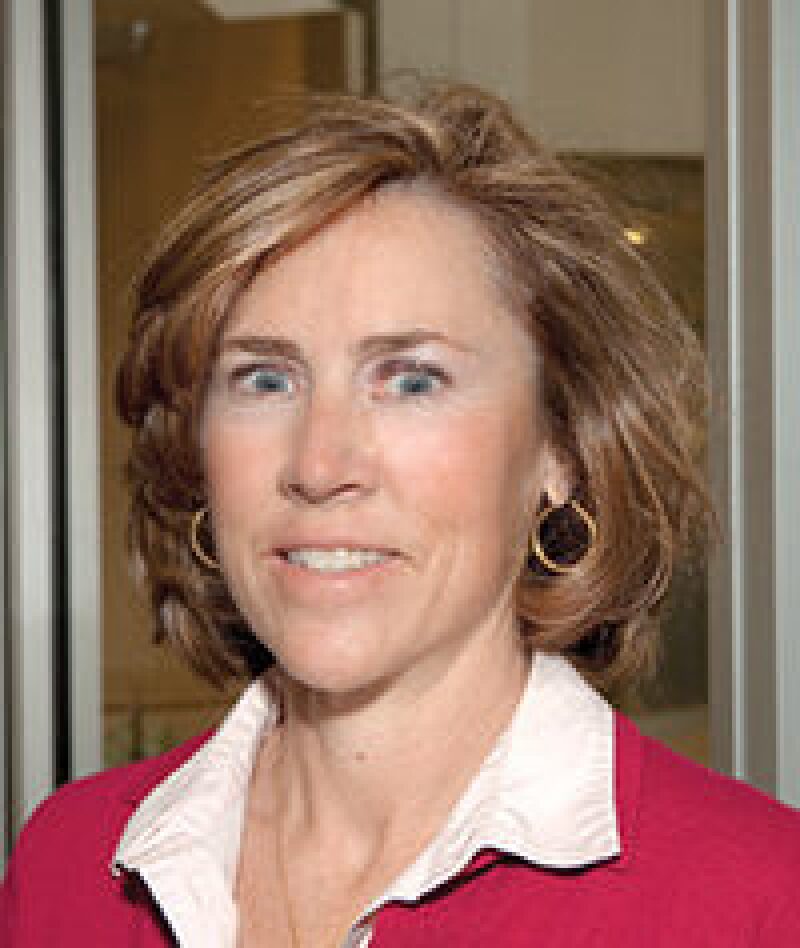Although unconventional resources contributed almost no production in the early 1970s, they now provide almost 30% of US domestic natural gas supply. Unconventional reservoirs have a complex lithology with heterogeneous porosity, complex fluids, or both. Ultimate recovery is typically lower than from conventional reservoirs, so effective exploitation requires more wells to drain the resource effectively. Excluding product price, capital expenditures are a critical factor in the economics and have driven a development culture focused on cost, in the absence of technology that provides a clear cost benefit to increased production and/or recovery.
However, the exponential growth of production from unconventional reservoirs has not been accompanied by comparable growth in the knowledge and understanding of the rock properties and completion parameters controlling production. Significant variability in production performance within a small area of a play is still a reality that has not been fully understood. Therefore, the industry’s challenge is to identify, develop, and deploy technology that will change the existing workflows in unconventional exploitation by affecting one or more of the following: increased efficiency, recovery, and/or production, while reducing risk and decreasing the time for deployment.
Openhole measurement technologies, theoretically, should provide an understanding of rock properties in terms of reservoir quality—or the petrophysical parameters of organic shale that make them viable candidates for development—and completion quality—the geomechanical parameters required to effectively stimulate organic shales. These parameters should be calibrated with real, measured production information and data acquired during stimulation operations. However, in North America, shale development has been marginally economical and one of the ways pursued to cut costs is by reducing and/or eliminating altogether open- and cased-hole measurements. Only 2% to 5% of total shale wells have reservoir- and completion-quality information and most have not been calibrated. Once the well has been drilled, the primary question is how much will the well produce?
What does that mean for the petrotechnical professional? The opportunities are vast, from working in a research and development center, to identifying the production mechanism for how gas moves within shales, to operational challenges, as we try to develop ways to create surface area downhole to maximize recovery from these reservoirs with less water and environmental impact. There is a need in the industry for technical skill sets with operators, service companies, research, and academia. Not only are oil and gas shales being developed in North America, but projects also are being pursued in places such as Argentina, Poland, Saudi Arabia, India, and China. We are going to have to do things differently if we want to be successful.
A New Definition Evolves
I am currently the global technical director of production for unconventional resources at Schlumberger. The word “unconventional” has had a resurgence in the past 20 years, evolving to mean more than the Webster definition of “eccentric and atypical.” The common use in our industry seems to be “not conforming to accepted rules or standards,” and based on that definition, I challenge you also to be “unconventional.”
Career paths going forward will be far from conventional. In the 1950s, an engineer or geologist, typically a white male, graduated from college or university and went to work for an employer. The person typically planned on working 35 or 40 years and retiring from the same company. That is not the case today, as we see men and women with dynamic careers from around the globe working to grow and improve our industry.
One aspect of our industry that has become more conventional is the desire for employees to have work/life balance. In my opinion, after working more than 30 years, work/life balance is a bogus phrase. It really means trying to squeeze 100% effort into all areas of your life with a reduced time for each. The best piece of wisdom I have found was a comment by Sandra Marca in a TWA article (No. 1, 2010), who suggested detaching yourself from the cliché of “professional success meaning quick progression and a high position with big responsibilities.”
I have taken a less traditional career path than some of my colleagues. When I was asked to write this article, I was apprehensive that I did not represent a “pillar” in our industry. On paper, I probably look good. I have three degrees in petroleum engineering, and I am a technical director at the world’s largest service company. However, I felt like a fraud. I am not an expert at anything in particular, nor have I invented or developed anything of significance. But once I looked up the definition of pillar, I felt more comfortable with my contribution to the industry. I am a chief supporter of the petroleum engineering discipline from all angles, because I have worked in nearly all aspects of the industry, including operations, academia, technology, and management; however, it has not been a focused career rocketing to the top.
An Unconventional Career
I started my unconventional career in 1979, analyzing the then unconventional reservoirs of the Austin Chalk and Vicksburg in south Texas before returning to graduate school 11 years later. I now have a PhD in petroleum engineering on “Reservoir Characterization of a Coalbed Methane Openhole Cavity Completion Using Production and Pressure Transient Data,”—again unconventional and something about which no one except myself, my adviser, and maybe a few others at the time, really cared. I have taught at Texas A&M University, coauthored papers to educate the federal government, testified before the Texas Railroad Commission (that state’s regulator of the oil and gas industry) and the US Department of Energy on tight gas issues, and chaired various SPE committees and meetings.
None of this makes my name recognizable as an industry leader, but I do believe my accomplishments have helped our industry continue to progress. My favorite quotation regarding work is “Power lasts 10 years; influence not more than a 100.” I strive to make my contribution to our industry as one of influence and the satisfaction that comes with it, and I encourage you to do the same.
So my advice is to say “no” when something threatens to upset your life balance between work and home, and then live with the consequences. Above all, do not quit. It takes determination on the part of the employee and requires flexibility on the part of the company to make it work.
Unconventional means finding your own definition of success and doing your best to achieve it. If I were to go to my class reunion to see who is successful, it would be easy to identify the person who is second in command at a major oil and gas company, the one who is the CEO of a midsize independent company, or the one who retired wealthy at age 50. What about the seemingly average person still toiling away as an engineer?
The future is unconventional and there are numerous opportunities for a fulfilling career. But remember, if you are neither happy at work nor happy at home, it does not matter if you have accomplished everything on the “to do” list. You may not be successful in life, and is that not what it is all about?


